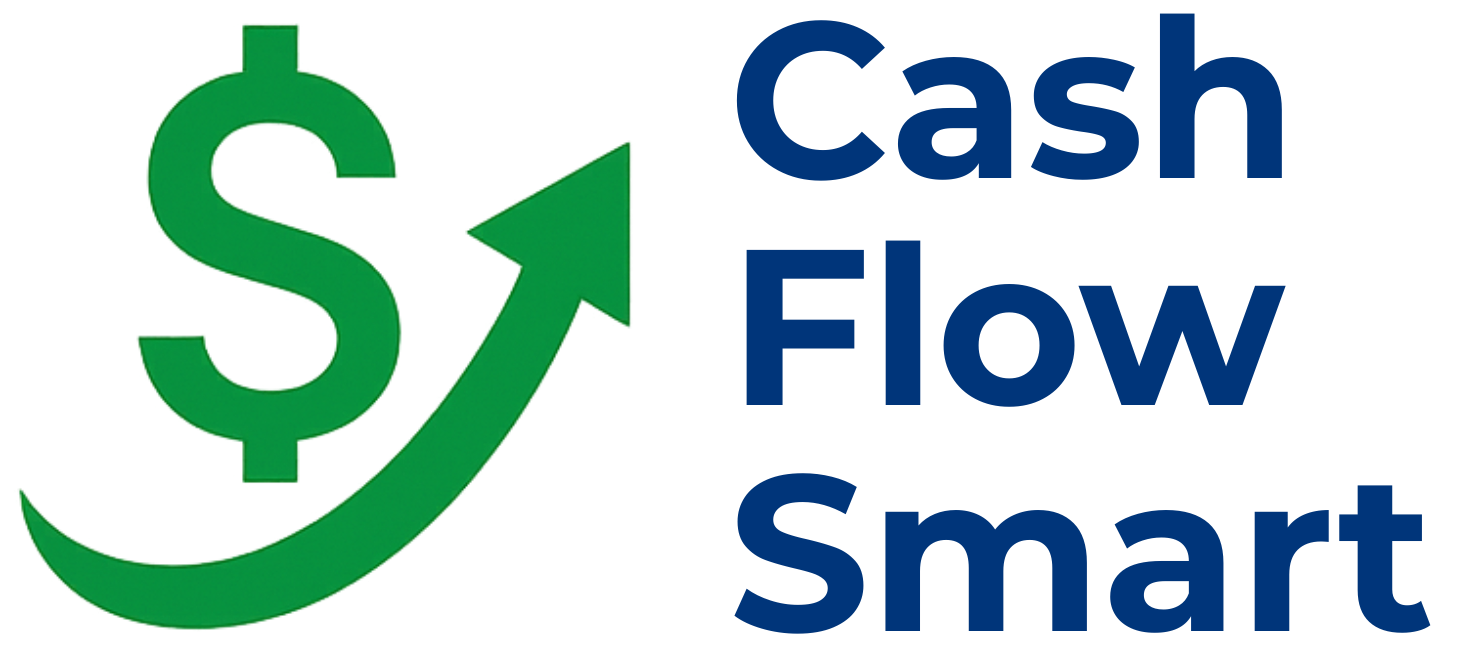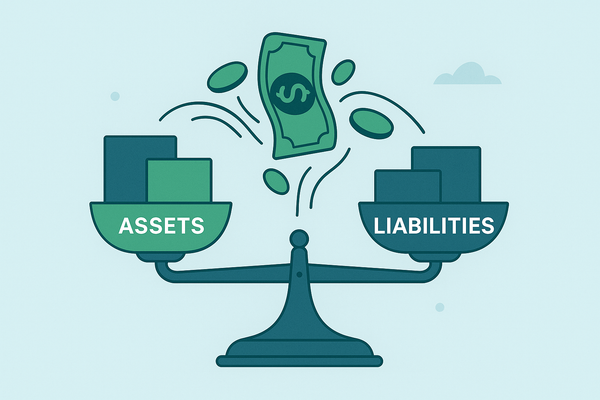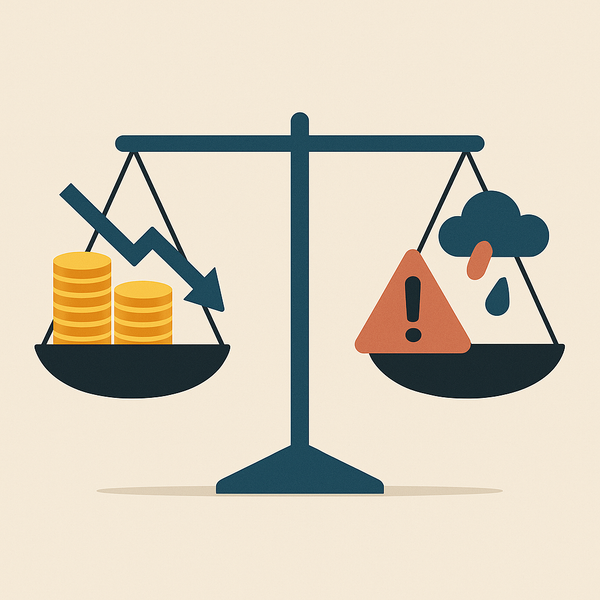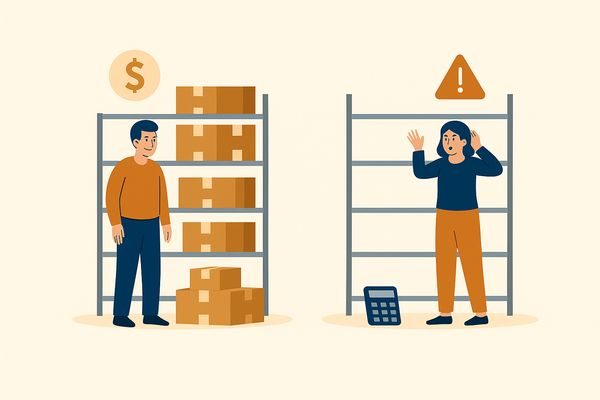Why Cash Flow Is More Important Than Profit (And How to Manage It)

Most small business owners keep a close eye on their profit—and for good reason. But here’s a harsh reality many learn too late: Profit doesn’t pay the bills. Cash flow does.
You can run a profitable business on paper and still end up unable to make payroll, pay suppliers, or keep the lights on. It’s a painful trap that’s far too common for entrepreneurs and small business owners.
In this post, we’ll break down why cash flow is often more critical than profit, explore common pitfalls, and share simple, actionable tips to manage your cash flow effectively.
What’s the Difference Between Profit and Cash Flow?
Before we dive deeper, let’s clarify these two concepts:
- Profit is what’s left after subtracting all expenses from revenue. It shows on your income statement.
- Cash flow is the actual movement of money into and out of your business. It shows on your cash flow statement.
Think of it this way: Profit is like scoring points in a game, but cash flow is the oxygen that keeps you playing. You can have paper profits but still run out of cash if your customers delay payments, inventory piles up, or unexpected expenses hit.
Why Cash Flow Matters More Than Profit
Here’s why cash flow should be your north star:
💡 1. Cash Keeps the Business Running
Vendors, employees, landlords—they all expect cash, not promises of future profits. Without cash on hand, even a “profitable” business can grind to a halt.
📉 2. Profit Is Timing-Based
Revenue can be recognized before you actually receive payment. If your customers take 90 days to pay, your profit won’t help you cover this month’s expenses.
📊 3. Investors and Lenders Care About Cash Flow
Positive cash flow reassures banks and investors that your business is financially healthy and capable of growth.
Common Cash Flow Challenges
Even profitable businesses often struggle with cash flow. Here are some frequent culprits:
- Late customer payments
- Over-investing in inventory
- Uncontrolled spending on growth initiatives
- Seasonal fluctuations in sales
- Failing to plan for tax obligations
5 Simple Ways to Manage Your Cash Flow
The good news? With a few practical strategies, you can take control of your cash flow:
🔑 1. Invoice Promptly and Follow Up
Send invoices immediately and follow up consistently. Consider offering small discounts for early payments.
📅 2. Monitor Cash Flow Weekly
Use a simple spreadsheet or software to track cash inflows and outflows every week—not just at month-end.
📦 3. Manage Inventory Wisely
Avoid overstocking. Use sales data to forecast demand and keep inventory lean.
💳 4. Negotiate Payment Terms
Negotiate longer payment terms with suppliers and shorter terms with customers to improve your cash position.
🚀 5. Build a Cash Reserve
Set aside a percentage of your revenue each month as a cash cushion for unexpected expenses or slow seasons.
Quick Cash Flow Health Check
Ask yourself:
✅ Do I know how much cash is in the business today?
✅ Am I confident we can cover all expenses in the next 3 months?
✅ Do I have a cash flow forecast?
If you answered “no” to any of these, it’s time to tighten up your cash flow management.
The Takeaway
While profit is important, cash flow is what keeps your business alive and thriving. By monitoring cash flow closely and taking proactive steps, you can avoid the stress of cash shortages and build a stronger financial foundation.
📥 Ready to Take Control?
Download our FREE “Cash Flow Health Checklist" and start improving your cash position today.




